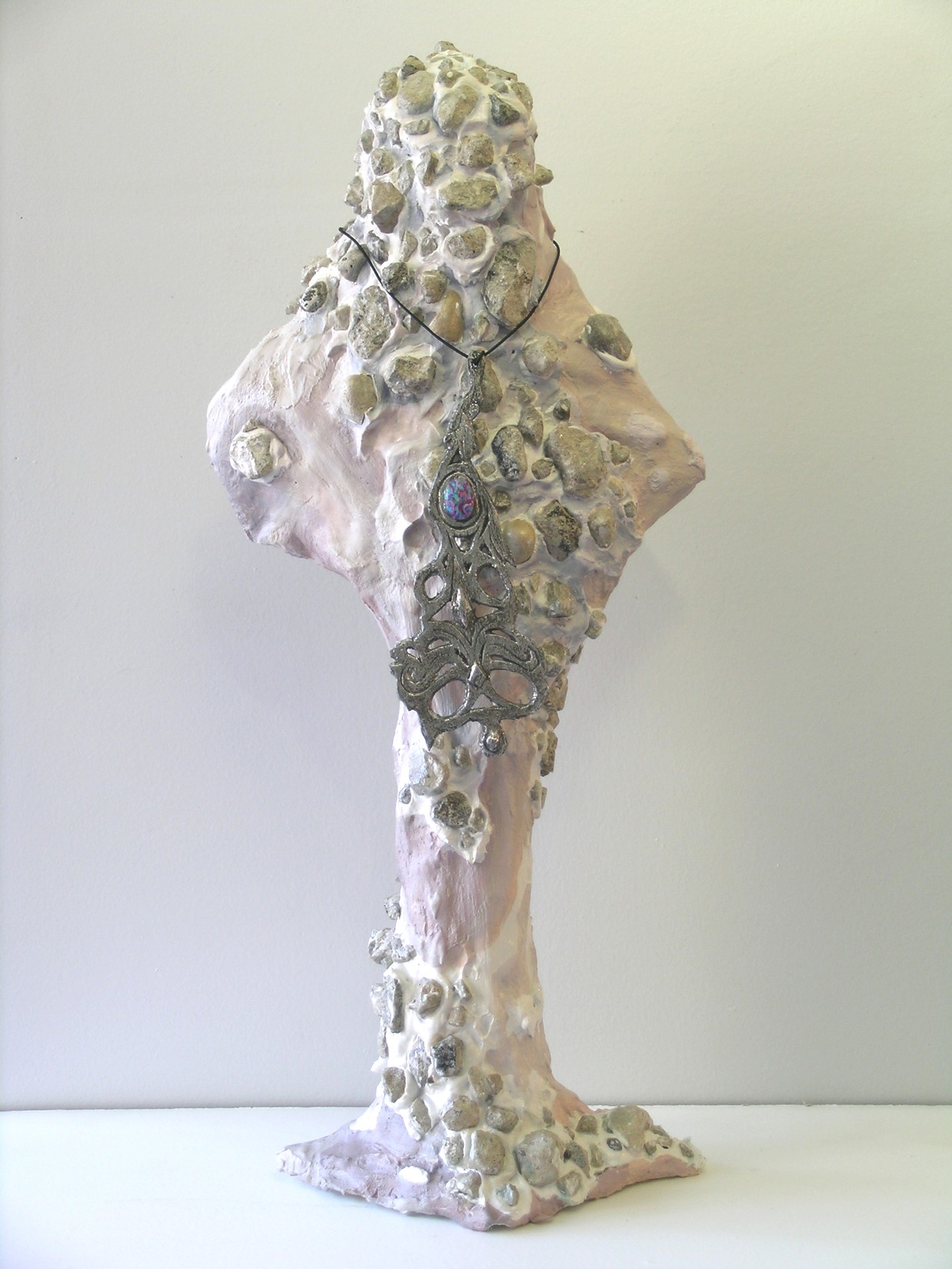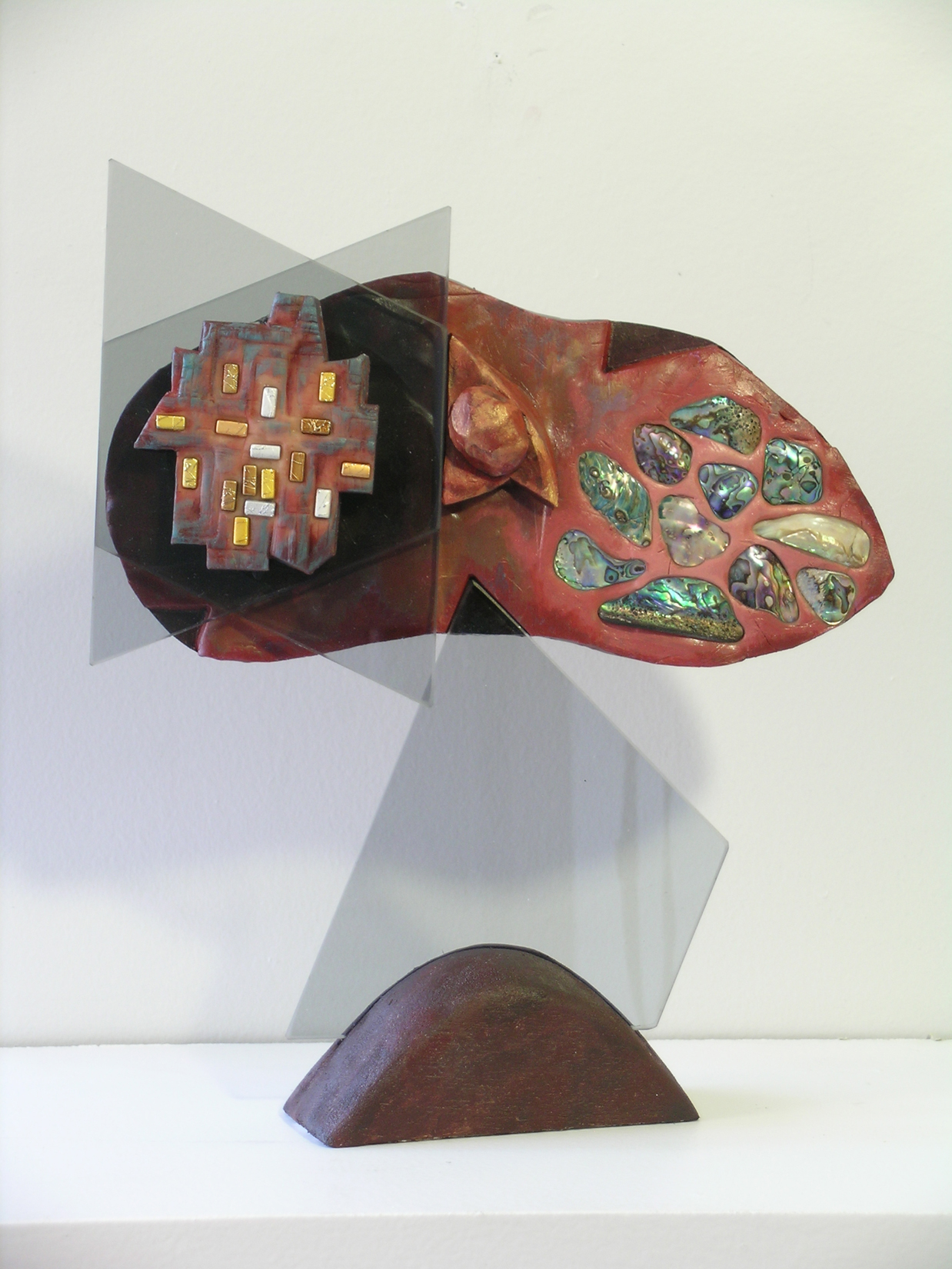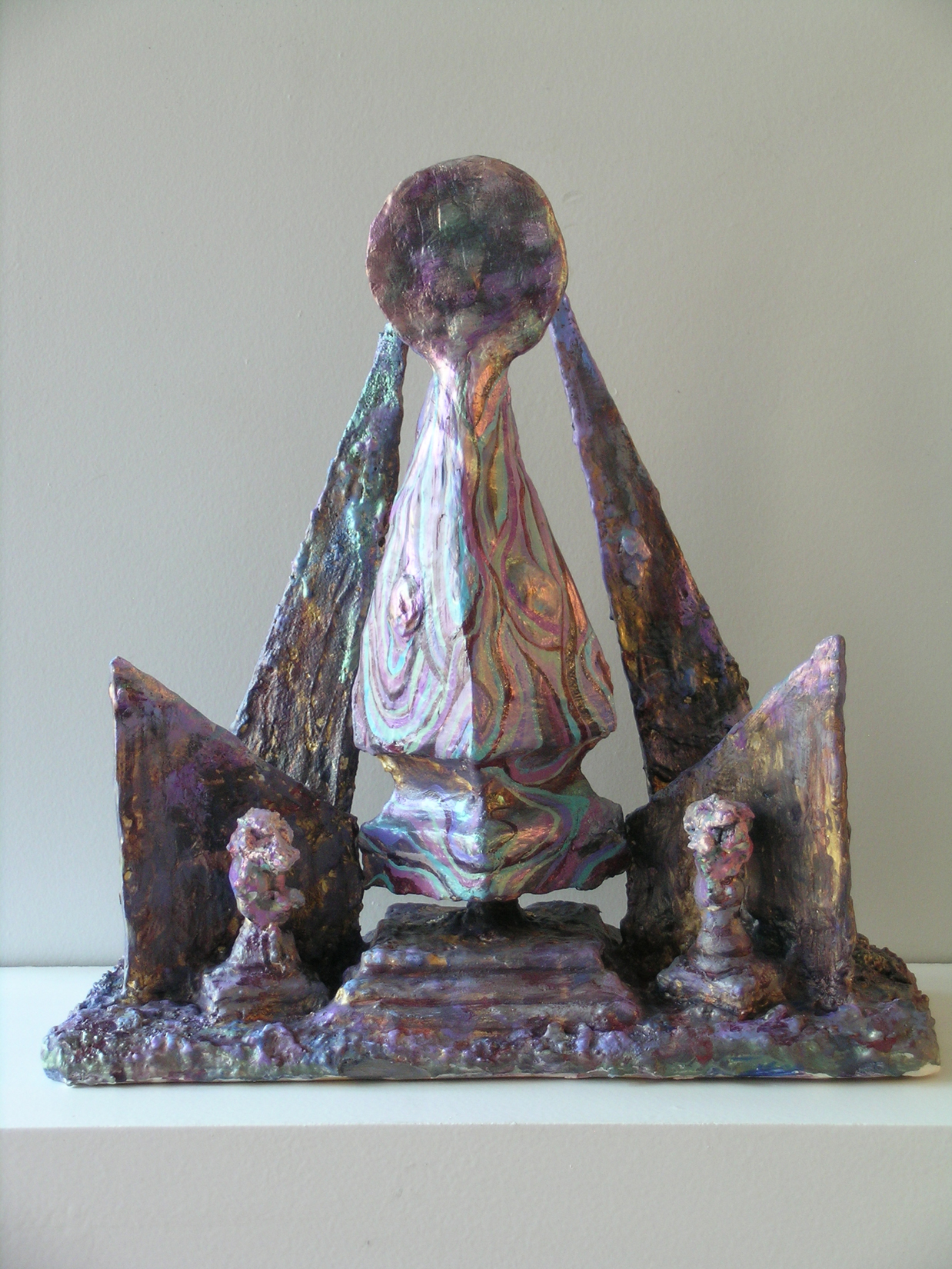Jay Isaac
Curated by Xandra Eden
February 3 - March 12, 2005
Jay Isaac attended the Emily Carr Institute of Art + Design, Vancouver, 1993-1997 and the Cardiff Institute of Art and Design, 1996, Cardiff, Wales. Recent exhibitions include The Cave and the Island, 2004, at Galerie Kunstbuero, Vienna and White Columns, New York; The Republic of Love, 2004, The Power Plant Contemporary Art Gallery, Toronto; Maritime Frazetta, 2004, Greener Pastures Contemporary Art, Toronto; New Age Philosophy, Acuna-Hansen Gallery project space, 2003, Los Angeles; The Matlock Juxtapose, 2002, Mercer Union, Toronto; Selling Out and Buying In, 2002, BizArt, Shanghai; Synthetic Psychosis, 2002, Museum of Canadian Contemporary Art, Toronto; Officina America, 2002, Galleria d'Arte Moderna di Bologna.
Isaac currently lives and works in Toronto.
Xandra Eden is Assistant Curator for The Power Plant Contemporary Art Gallery, Toronto and an independent art critic and writer. Her recent exhibitions include Republic of Love, The Power Plant Contemporary Art Gallery, Toronto (2004); The Cave and the Island, White Columns, New York and Galerie Kunstbuero, Vienna (2004); Christian Jankowski: Rosa, Mercer Union, Toronto (2002); In Through the Out Door: David Armstrong Six/Germaine Koh/Nestor Krüger, The Power Plant Contemporary Art Gallery, Toronto (2002) and Bellevue Art Museum, Washington (2003). Eden has also written essays for many exhibitions, including catalogue essays for Marla Hlady (2001) and Bounce/In Through the Out Door (2002). She has contributed essays to Artext, Border Crossings, Canadian Art, Flash Art, Parachute, among others. Eden received her M.A. from the Center for Curatorial Studies, Bard College (1999) and B.F.A. from the State University of New York at Purchase (1990). She has held positions at various non-profit art organizations including the Pollock-Krasner Foundation, NY, International Print Center NY, and Women & Their Work Gallery, Austin, TX.
ARTIST'S STATEMENT
I decided to give up painting while I was in Spain doing my first comedy routine. I realized that making a painting is very boring and that being a street performer or making something that looks like an antique from the future is a lot more fun. So I decided to try to become a successful street performer in Amsterdam with Jenny Bishop. We did not make much money but got a good art piece out of it. I also thought comedy is a pretty sure way to see if what you are doing is good or not, because it's pretty immediate and you can't fake a laugh or a cringe. I really like garbage bags at the moment and have made some costumes and a video out of their black shiny beauty. My parents are antique dealers and I always wanted to make my own antiques, so I made ten of them that will be worth some money some day, in the very, very distant future. I have a lot of paintings that haven't sold, so I thought I would make signed limited edition prints out of them and put them in shops around town. Right now I have prints in a witches den, a new age / ghost busting shop and a classical Greek music emporium.
Thanks to Xandra Eden for curating this show, Michael Leblanc for editing the videos and Jenny Bishop for her collaboration.
Jay Isaac
CURATOR'S STATEMENT
by Xandra Eden
In 2000, Jay Isaac's work seemed halfway between mainstream contemporary art and an outdoor art festival. His installation at Bus gallery, Pleasurenaut, oil paintings of supernatural pastel landscapes resembling overflowing sundaes and schlocky poster art images slathered with decadent mounts of shit-brown paint, was equal parts high and low. Over the next four years, Isaac began to divvy up the goods a little differently, pushing further and further towards the aesthetic of fantasy illustration and modernist bric-à-brac of a sort you might come across while rummaging through a yard-sale or flea market.
Isaac's investigation of the parallel histories of art formed by popular culture has sometimes been seen as an ironic comment on kitsch. However, while Isaac often refers to artists with ties to kitsch, for example, the fantasy artist Frank Frazetta, whose influence shows up in Isaac's Maritime Frazetta (2004), a painting series that amalgamates maritime painting with surreal interplanetary vistas, other references have looser connections or no connections at all, as in Canadian painter Bertram Brooker, best known as one of Canada's first abstract painters, who is the source for Channeling Brooker (2004), a mural, video and performance that Isaac collaborated on with Toronto-based artist Robin Fry. This discrepancy is important, for Isaac's work is a sincere investigation of the world of metaphysical or expressive art, a trajectory of art history that barely survived the 1940 and 50s and is largely ignored or confined to the lower rankings within the hierarchical structures at play in the contemporary art world. Pick up a copy of the art and culture magazine Juxtapoz, which attempts to "fuse the lurid edges of consciousness, avant consumerism, and the international art community" and you will find Isaac is not alone in his endeavor.
It has been suggested that patronage is the primary focus for the current generation of artists - that artists are more interested in a career built by getting a show at a successful commercial gallery than experimenting with new art forms. Combine this notion with Jane Jacobs's argument in
Dark Age Ahead
that accreditation has become more valued than knowledge in many professions, and it would seem a reconsideration of the social context for art production today is fairly pressing. Cut with a bit of surreal comedy, Isaac's exhibition at CUE Art Foundation places issues of class and taste improbably, expectantly, inquisitively back on the table while casting a sideways glance at the circumstance of artists living and working today.
View CATALOGUE





